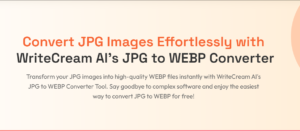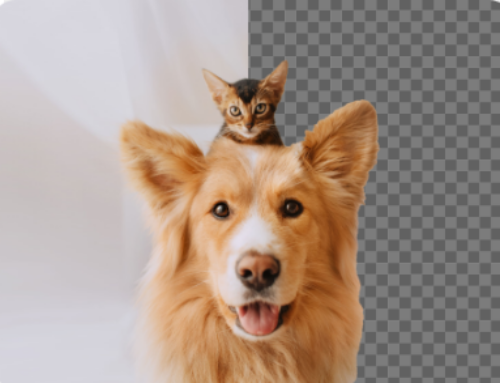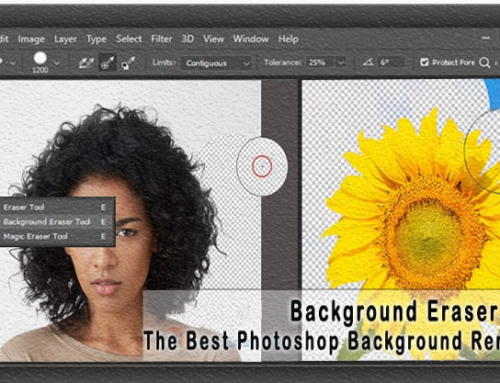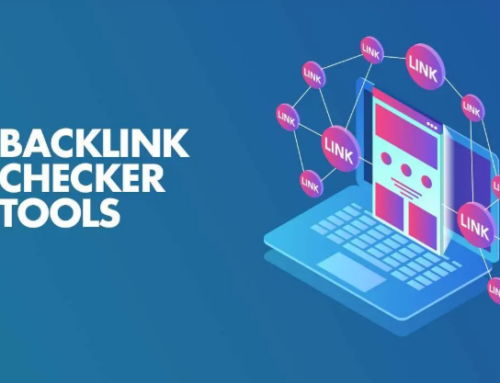Lets suppose you’re about to upload an image. You check your files. Two options stare at you—JPG vs. WEBP Which one do you pick? Does it even matter? Oh, it does. A lot. Choosing the right format isn’t just about saving space. It’s about speed, quality, and making sure your image looks just right wherever it ends up. Whether it’s a website, a blog, or an email attachment, the wrong choice can slow things down. The right one? Can make everything smooth, fast, effortless.
Let’s break it down.

JPG – The Reliable Old Classic
JPG (or JPEG) is like that old pair of sneakers. Everybody has them. Everybody trusts them. They just work. It’s been around forever. Works on almost every device, browser, and software. No compatibility issues. No weird glitches. That’s why JPG is the most widely used image format in the world.
Why Use JPG?
- ✅ Works Everywhere – Phones, laptops, old-school software—JPG is universal. No second-guessing.
- ✅ Small File Size – It compresses well, making it perfect for email attachments, web uploads, and social media.
- ✅ Fast to Load – Smaller files mean faster websites. No one likes waiting.
When NOT to Use JPG?
- ❌ Need high-quality images? JPG’s compression removes details. If you’re working on professional photos or sharp graphics, JPG might not be your best friend.
- ❌ Need transparency? JPG doesn’t support transparent backgrounds. If you need a see-through logo or overlay, look elsewhere.
WEBP – The Smart, Modern Upgrade
WEBP is Google’s creation. A new, sleek, super-efficient format. Think of it as the electric car of images. Smaller. Faster. Smarter. Designed to replace JPG, PNG, even GIFs—WEBP does it all. With better results.
Why Use WEBP?
- ✅ Smaller File Sizes, Same Quality – WEBP shrinks images by 30% or more compared to JPG. Less space, same crisp quality.
- ✅ Supports Transparency & Animation – Need a transparent background? A moving image? WEBP handles both. JPG doesn’t.
- ✅ Better Compression – It can do both lossy and lossless compression. JPG only does lossy meaning it permanently deletes some image data to shrink file size.
When NOT to Use WEBP?
- ❌ Older browsers? Internet Explorer (yes, some people still use it) won’t display WEBP.
- ❌ Need universal compatibility? Some email clients and outdated apps still don’t support WEBP.
JPG vs. WEBP: Quick Comparison

| Feature | JPG | WEBP |
|---|---|---|
| File Size | Larger, loses quality | Smaller, maintains quality |
| Transparency | ❌ No | ✅ Yes |
| Animation | ❌ No | ✅ Yes |
| Best For | General use, compatibility | Faster, efficient web images |
Which One Should You Pick? JPG vs. WEBP
It depends. Ask yourself:
- – Do you need compatibility with all devices and apps? → JPG
- – Want a smaller, faster-loading image? → WEBP
- – Using modern browsers and platforms? → WEBP
- – Need an easy way to convert? → Use Writecream’s JPG to WEBP Converter
For social media, emails, and quick uploads, JPG still works fine. But if you’re serious about web performance, SEO, or storage space, WEBP is the way to go.
Why Convert JPG to WEBP with Writecream?
- ✅ 100% Free & Online – No downloads. No installations. Just upload, convert, and go.
- ✅ No Sign-Up Needed – No annoying forms. No wasted time.
- ✅ AI-Powered Compression – Keeps quality high, cuts down file size.
- ✅ Instant Download – Done in seconds. No waiting.
If you run a website, blog, or online store, switching to WEBP speeds up loading times, improves SEO, and keeps visitors happy. And with Writecream’s JPG to WEBP Converter, it’s ridiculously easy.
Final Thoughts
JPG is classic. WEBP is cutting-edge. If you want faster, better, smarter images, convert JPG to WEBP now. No headaches. No hassle. Just better results.
Ready to upgrade? Try Writecream’s JPG to WEBP Converter now!


